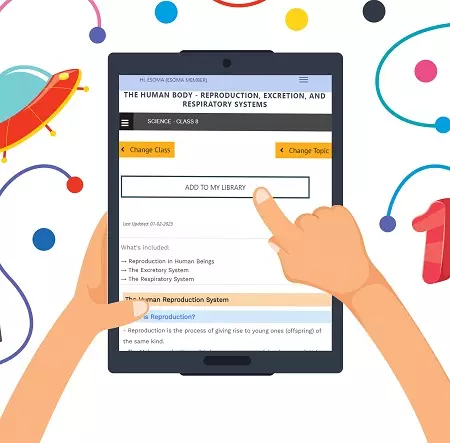Question
The table below gives some properties of gas D and E.

(a) Describe how you would obtain a sample of gas E from the mixture of gas D and E. (b) Suggest a possible identity of gas D. Give reasons for your answer.

(a) Describe how you would obtain a sample of gas E from the mixture of gas D and E. (b) Suggest a possible identity of gas D. Give reasons for your answer.
Answer
Pass the mixture of gas 'D' and 'E' through sulphuric acid. Gas 'D' will react to form salt - leaving behind gas 'E'. Collect gas E by downward delivery / upward displacement of air since it is heavier than air.
OR
Pass a mixture of gas 'D' and 'E' over sodium hydroxide. Gas 'D' will dissolve but gas 'E' will not be affected. Collect gas 'E' by downward delivery.
(b) Ammonia gas (HN3)
Ammonia is lighter than air. It reacts with acids to form salt since itself is basic. It does react with sodium hydroxide since both are basic but will dissolve in it without any reaction.
OR
Pass a mixture of gas 'D' and 'E' over sodium hydroxide. Gas 'D' will dissolve but gas 'E' will not be affected. Collect gas 'E' by downward delivery.
(b) Ammonia gas (HN3)
Ammonia is lighter than air. It reacts with acids to form salt since itself is basic. It does react with sodium hydroxide since both are basic but will dissolve in it without any reaction.

